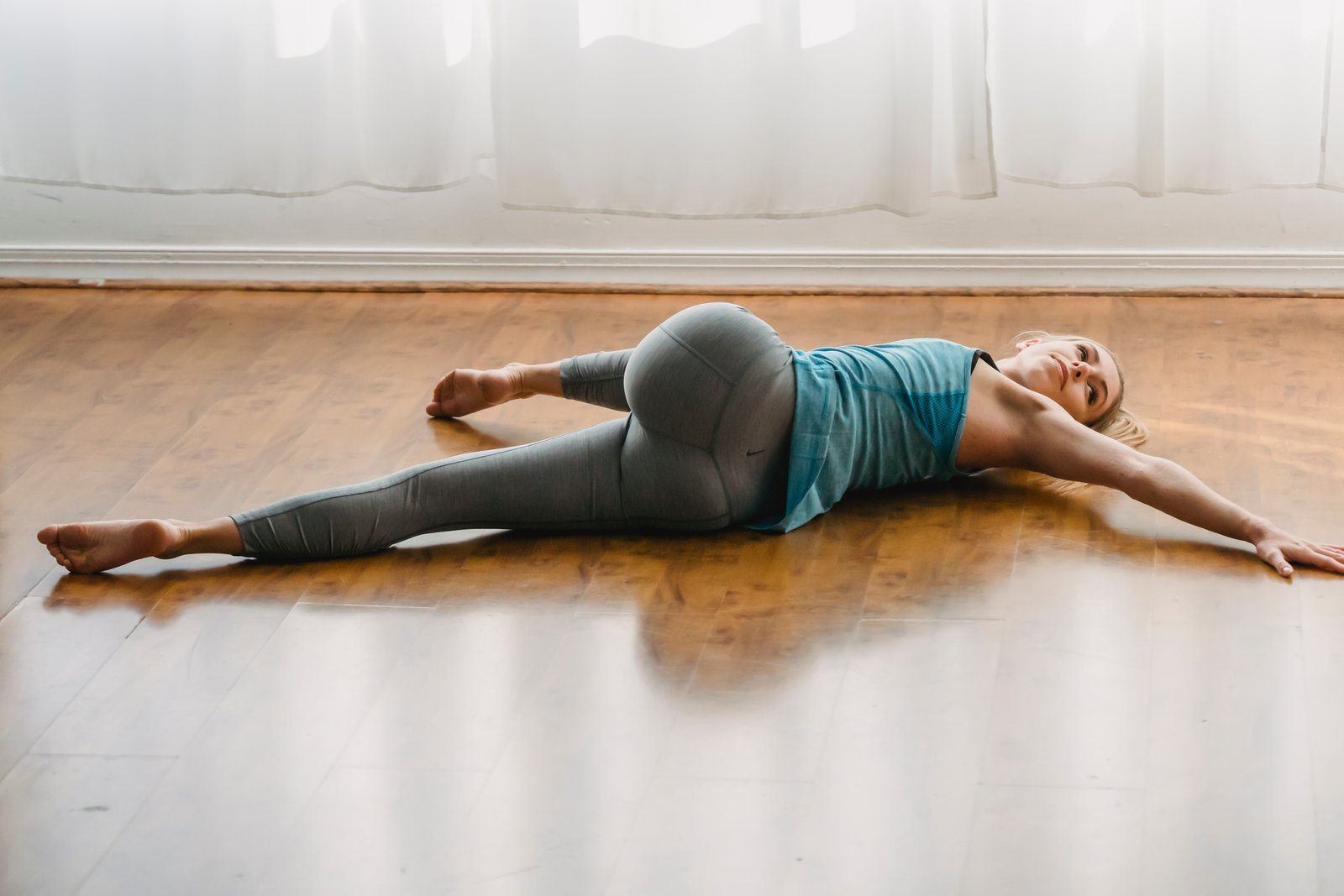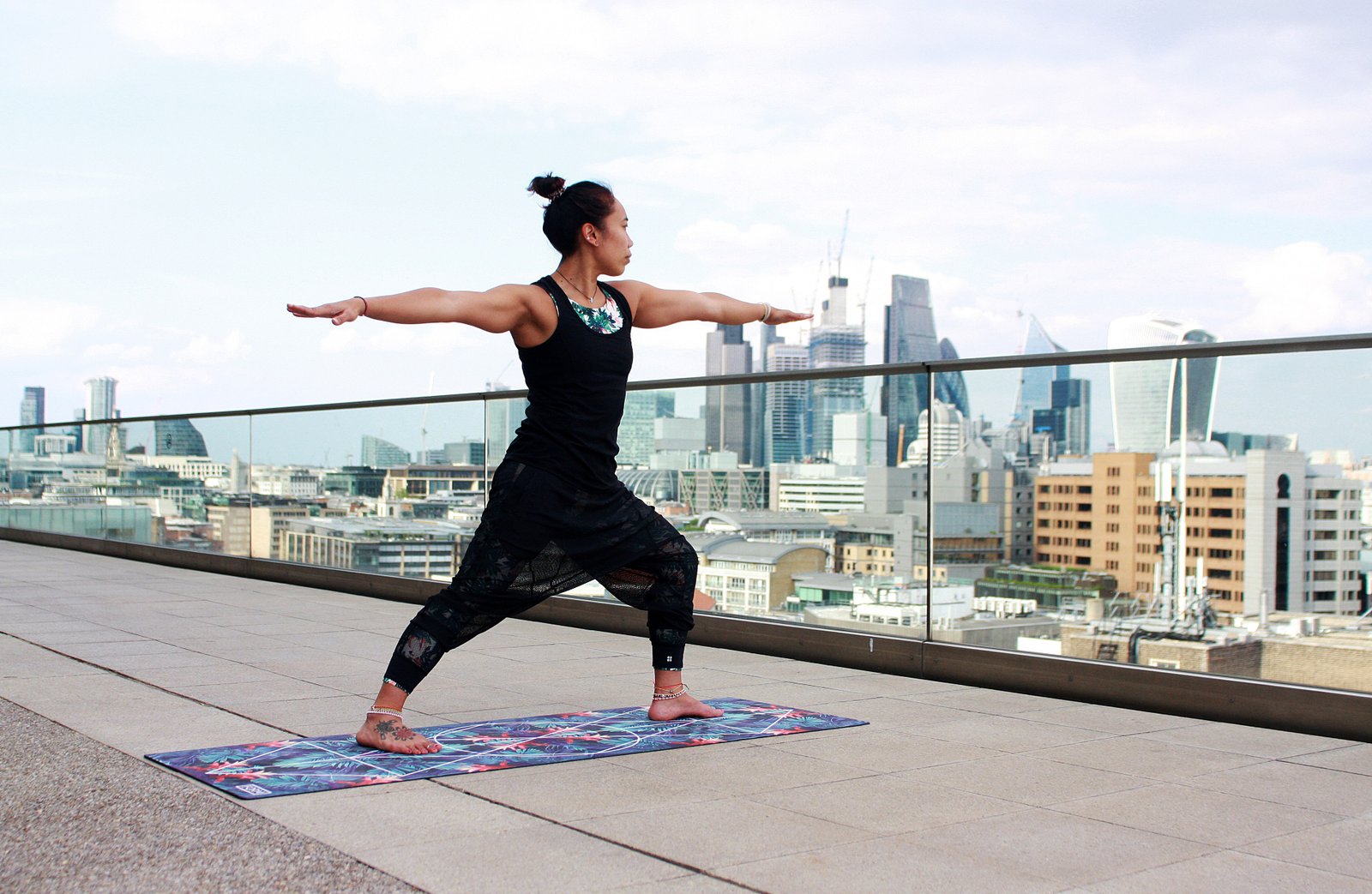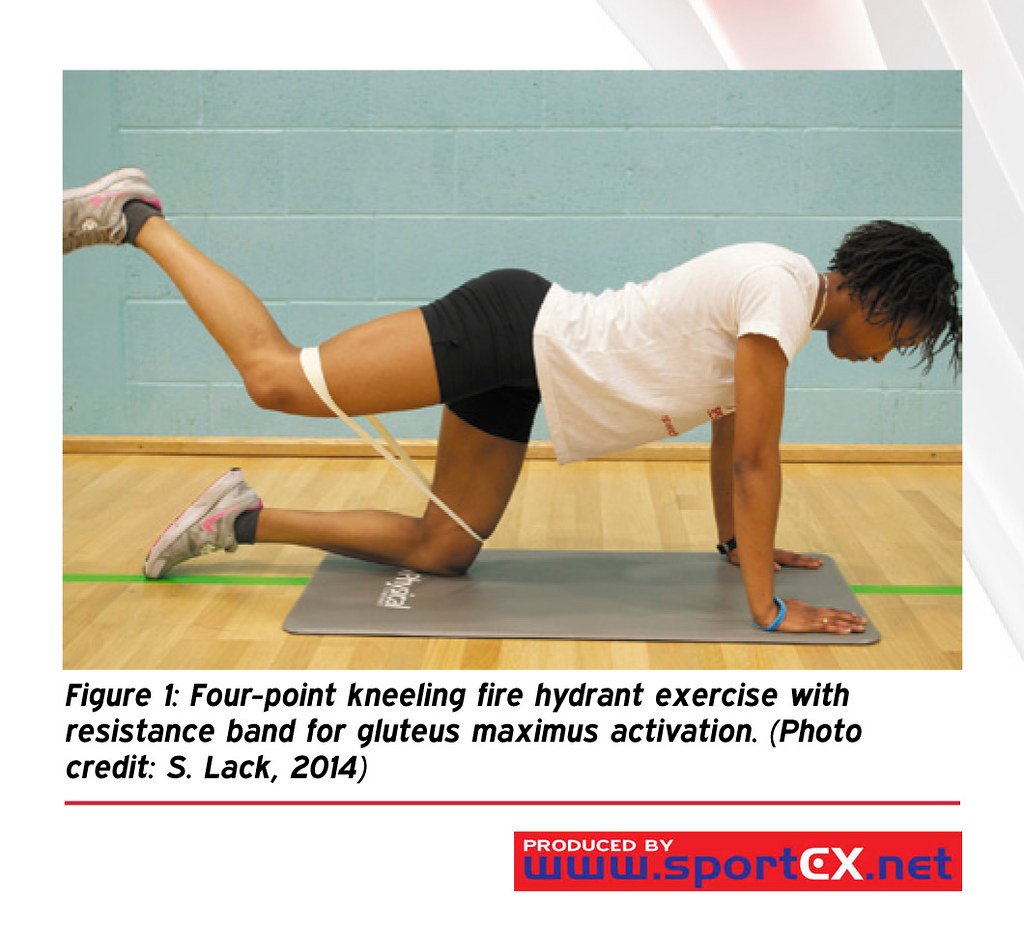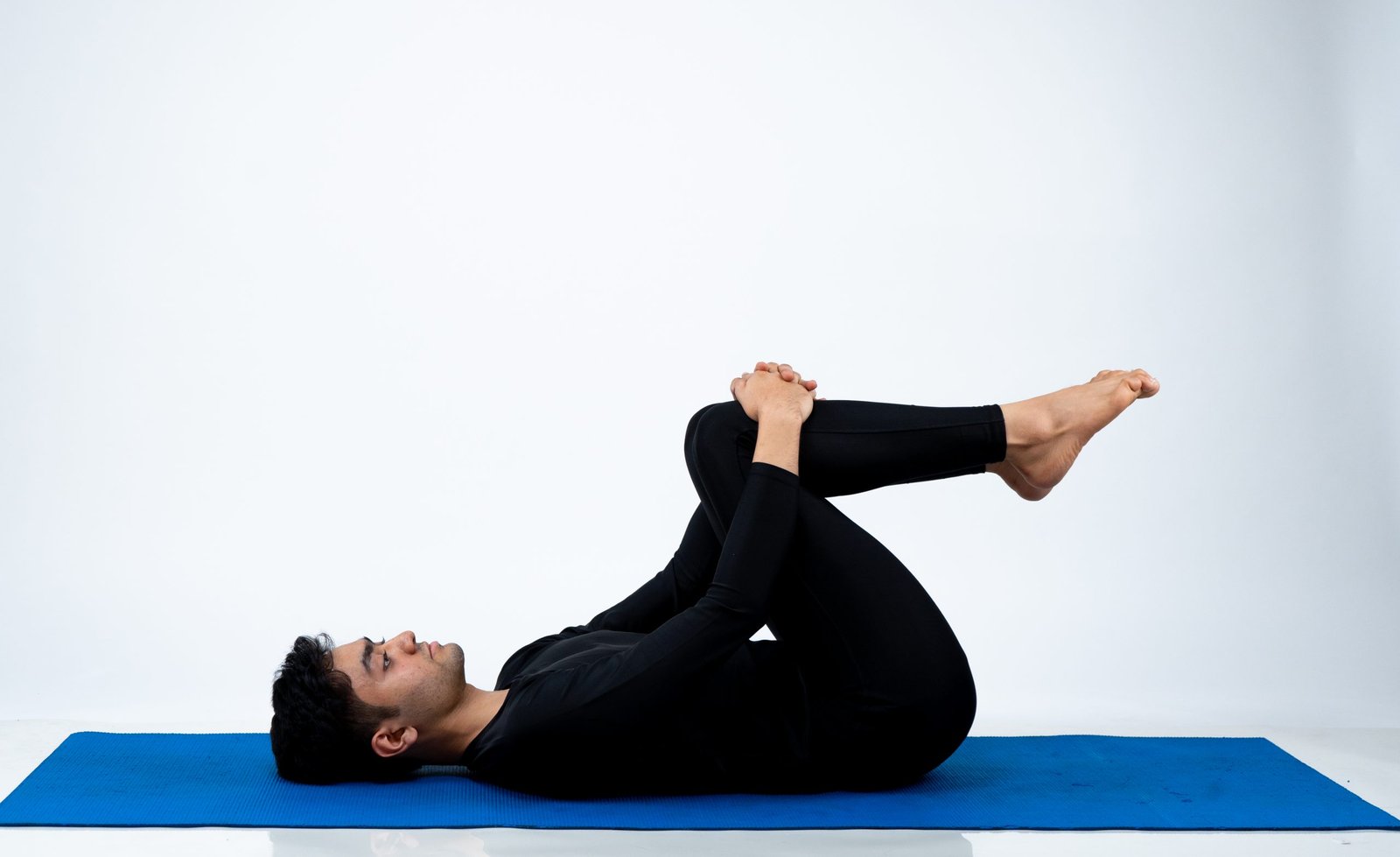Knee Protection in Yoga: Bend, Stretch, and Flourish! In the serene world of yoga, your knees are your pillars of strength. Discover how to nurture and safeguard these vital joints, allowing you to dive deeper into your practice. Let’s explore the secrets of knee-friendly yoga and unlock the potential of your practice together. Ready to flow?
Table of Contents
Importance of knee protection in yoga
The importance of knee protection in yoga cannot be overstated. As yoga involves various poses and movements that put pressure on the knees, it is crucial to take measures to protect this vulnerable joint. Proper knee protection not only prevents injuries but also allows practitioners to maintain a steady practice without discomfort or limitations. By using props like knee pads or blankets, modifying poses to reduce strain on the knees, and practicing mindfulness to avoid overexertion, yogis can ensure the long-term health and well-being of their knees. Incorporating knee protection into a yoga practice is essential for both beginners and experienced practitioners alike.
Common knee injuries in yoga
Knee injuries are a common concern for practitioners of yoga. The repetitive movements and weight-bearing poses in yoga can put strain on the knees, leading to various injuries. One of the most common knee injuries in yoga is patellofemoral pain syndrome, also known as runner’s knee. This condition is characterized by pain around the kneecap and can be caused by misalignment, overuse, or weak muscles. Another common knee injury in yoga is meniscus tear, which occurs when the cartilage in the knee joint is damaged. It can cause pain, swelling, and limited range of motion. It is important for yoga practitioners to be aware of these common knee injuries and take precautions to protect their knees during practice.
Why Prioritize Knee Protection in Yoga
Emphasizing the importance of knee protection in yoga is essential for several reasons. Firstly, many yoga poses place a significant load on the knees, potentially leading to strain and injuries if not adequately protected. Prioritizing knee safety helps mitigate the risk of discomfort and potential harm.
Secondly, maintaining the well-being of your knees is crucial for a sustainable and long-lasting yoga practice. Neglecting knee protection can result in pain or injuries that might disrupt your ability to practice yoga consistently.
Furthermore, knee protection enhances the overall yoga experience. It empowers you to approach poses with confidence, maintain proper alignment, and safely explore advanced postures. This sense of security enables you to deepen your practice and fully realize its potential.
Benefits of using knee protection
Using knee protection in yoga offers several benefits. Firstly, it helps to prevent injuries and strains on the knees, which are common in yoga poses that require bending or kneeling. By providing cushioning and support, knee protection reduces the impact on the knees, allowing practitioners to maintain proper alignment and stability. Additionally, knee protection can help improve comfort during yoga practice, especially for individuals with knee pain or sensitivity. It allows them to focus on their practice without worrying about discomfort or potential knee-related issues. Overall, incorporating knee protection into yoga practice promotes safety, enhances performance, and ensures a positive and enjoyable experience for practitioners.
Choosing the Right Knee Protection
Understanding different types of knee protection
When it comes to practicing yoga, it is essential to understand the different types of knee protection available. Yoga puts a significant amount of stress on the knees, and without proper support, it can lead to injuries and discomfort. There are various options for knee protection, including knee pads, knee sleeves, and knee braces. Knee pads provide cushioning and shock absorption, making them ideal for individuals with sensitive knees. Knee sleeves, on the other hand, offer compression and stability, helping to prevent injuries and provide support during yoga poses. Lastly, knee braces are designed for individuals with existing knee issues or injuries, providing maximum support and stability. Understanding the different types of knee protection allows yogis to choose the most suitable option based on their needs and level of practice.
Factors to consider when choosing knee protection
When choosing knee protection for yoga, there are several factors to consider. First and foremost, it is important to choose knee pads or sleeves that provide adequate support and cushioning. This will help protect the knees from excessive pressure and strain during yoga poses. Additionally, the knee protection should be made of breathable and moisture-wicking materials to ensure comfort and prevent sweat buildup. It is also crucial to select knee protection that fits well and stays in place during movement. Adjustable straps or silicone grips can help achieve a secure fit. Lastly, consider the level of intensity and type of yoga practice you engage in. Some styles, such as power yoga or hot yoga, may require more durable and heat-resistant knee protection. Overall, taking these factors into account will help you find the right knee protection to enhance your yoga practice and keep your knees safe.
Recommended knee protection for different yoga poses
When practicing yoga, it is important to take care of your knees to prevent any potential injuries. Different yoga poses put varying amounts of pressure on the knees, so it is crucial to use the right knee protection for each pose. For poses that involve kneeling, such as Child’s Pose or Hero Pose, using a knee pad or cushion can provide extra support and cushioning. For poses that require balancing on the knees, such as Camel Pose or Pigeon Pose, wearing knee sleeves or braces can help stabilize the joints and reduce strain. It is also important to listen to your body and modify poses if you feel any discomfort or pain in your knees. By using the appropriate knee protection, you can ensure a safe and enjoyable yoga practice.
Preventing Knee Injuries

Proper warm-up and stretching exercises
Proper warm-up and stretching exercises are essential for ensuring knee protection in yoga. Before starting any yoga practice, it is important to prepare the body by gently warming up the muscles and joints. This can be done through simple movements like neck rolls, shoulder rolls, and gentle twists. Additionally, incorporating stretching exercises into the warm-up routine helps to increase flexibility and prevent muscle strain. By taking the time to properly warm up and stretch, yogis can reduce the risk of knee injuries during their practice and enhance their overall yoga experience.
Correct alignment and posture
Correct alignment and posture are crucial aspects of practicing yoga, especially when it comes to protecting the knees. By maintaining proper alignment, such as aligning the knees with the ankles and keeping the spine neutral, yogis can reduce the risk of knee injuries. Additionally, focusing on posture, such as engaging the core and lengthening the spine, helps distribute the weight evenly and prevents unnecessary strain on the knees. It is important to be mindful of these alignment and posture principles to ensure a safe and effective yoga practice that promotes knee protection.
Modifying poses for knee safety
When practicing yoga, it is important to prioritize knee safety. Modifying poses for knee safety can help prevent injuries and discomfort. One way to modify poses is by using props like blocks or blankets to provide support and reduce strain on the knees. Additionally, focusing on proper alignment and engaging the muscles around the knees can help protect them during yoga practice. It is also important to listen to your body and avoid any poses that cause pain or discomfort in the knees. By modifying poses and being mindful of knee safety, you can continue to enjoy the benefits of yoga without putting unnecessary stress on your knees.
Using Props for Knee Support

Yoga blocks for knee support
Yoga blocks are an essential tool for providing knee support during yoga practice. These blocks are typically made of foam or cork and can be placed under the hands, feet, or knees to help alleviate pressure and provide stability. When practicing yoga, especially poses that require kneeling or putting weight on the knees, using yoga blocks can help reduce strain and protect the knees from potential injuries. By adjusting the height of the blocks, individuals can customize the level of support they need, making it easier to maintain proper alignment and prevent discomfort. Incorporating yoga blocks into your practice can be especially beneficial for beginners or those with knee sensitivity, allowing them to fully enjoy the benefits of yoga while keeping their knees protected.
Bolsters and blankets for knee cushioning
Bolsters and blankets are essential props in yoga practice, especially when it comes to knee cushioning. These supportive tools provide a comfortable and stable surface for the knees, allowing practitioners to maintain proper alignment and prevent strain or injury. Bolsters, which are firm cushions, can be placed under the knees to elevate them and reduce pressure. Blankets, on the other hand, can be folded and placed under the knees for added cushioning and support. By using bolsters and blankets, yogis can protect their knees and enhance their practice by creating a safe and nurturing environment for their bodies.
Straps for knee stability
Straps are an essential tool for providing knee stability during yoga practice. They offer support and help prevent any unnecessary strain or injury on the knees. By using straps, yogis can maintain proper alignment and engage the necessary muscles without putting excessive pressure on the knees. Whether it’s in poses that require deep knee flexion or those that involve balancing on one leg, straps can be a game-changer for individuals with knee issues or those looking to enhance their practice. With the use of straps, yogis can feel more confident and comfortable in their practice, knowing that their knees are protected and supported.
Strengthening the Knee Joints

Image credit to :- www.sportscx.net
Specific exercises to strengthen the knee joints
In order to strengthen the knee joints and prevent injuries during yoga practice, it is important to incorporate specific exercises into your routine. These exercises target the muscles and ligaments surrounding the knees, helping to improve stability and flexibility. One effective exercise is the knee extension, where you sit on a chair with your feet flat on the ground and slowly extend one leg out in front of you, keeping it straight. Hold this position for a few seconds before slowly lowering the leg back down. Another beneficial exercise is the hamstring stretch, which involves lying on your back with one leg extended and the other bent. Gently pull the extended leg towards your chest, feeling a stretch in the back of your thigh. Repeat these exercises regularly to strengthen your knee joints and enhance your yoga practice.
Incorporating knee-strengthening poses in yoga practice
Incorporating knee-strengthening poses in yoga practice is essential for maintaining healthy knees and preventing injuries. These poses help to strengthen the muscles around the knee joint, providing support and stability. One such pose is the Warrior II pose, which not only strengthens the quadriceps but also engages the muscles of the inner thighs and calves. Another beneficial pose is the Chair pose, which activates the quadriceps and glutes while also improving balance. By including these poses in your yoga practice, you can improve the strength and stability of your knees, allowing you to enjoy the benefits of yoga without the risk of knee pain or injury.
Benefits of strong knee joints in yoga
Strong knee joints in yoga provide numerous benefits. Firstly, they allow for a wider range of motion, enabling practitioners to perform more challenging poses with ease. Secondly, strong knee joints help maintain stability and balance during yoga practice, reducing the risk of falls or injuries. Additionally, strong knee joints support proper alignment, preventing strain on other parts of the body. Lastly, they contribute to overall strength and flexibility, enhancing the overall yoga experience. In conclusion, having strong knee joints in yoga is essential for maximizing the benefits of the practice and ensuring a safe and enjoyable experience.
Recovering from Knee Injuries

Rest and proper healing
Rest and proper healing are essential aspects of knee protection in yoga. After intense yoga sessions or if you have experienced any discomfort or pain in your knees, it is crucial to allow your body time to rest and recover. Pushing through the pain can lead to further injury and prolong the healing process. Taking breaks and modifying your practice to avoid putting excessive strain on your knees is important. Additionally, incorporating gentle stretching and strengthening exercises specifically targeting the muscles around the knee joint can aid in the healing process. Remember, giving your knees the rest they need and allowing them to heal properly is key to maintaining a safe and sustainable yoga practice.
Physical therapy exercises for knee rehabilitation
Physical therapy exercises for knee rehabilitation play a crucial role in ensuring knee protection during yoga practice. These exercises focus on strengthening the muscles around the knee joint, improving flexibility, and increasing stability. Some common exercises include straight leg raises, hamstring curls, and quad sets. These exercises help to restore range of motion, reduce pain, and enhance overall knee function. It is important to consult with a physical therapist or healthcare professional to determine the appropriate exercises for individual needs and to ensure proper form and technique. By incorporating these exercises into a regular routine, yogis can effectively prevent knee injuries and maintain a strong and healthy practice.
Gradual return to yoga practice
After recovering from a knee injury, it is important to approach yoga practice with caution and gradually ease back into it. The gradual return to yoga practice allows the body to adapt and build strength, reducing the risk of reinjury. Start by focusing on gentle stretching exercises and low-impact poses that put minimal stress on the knees. As you feel more comfortable and confident, gradually introduce more challenging poses and movements. Listen to your body and avoid pushing yourself too hard too soon. Remember to always warm up before each session and give yourself time to rest and recover. With a gradual approach, you can protect your knees while still enjoying the benefits of yoga practice.
